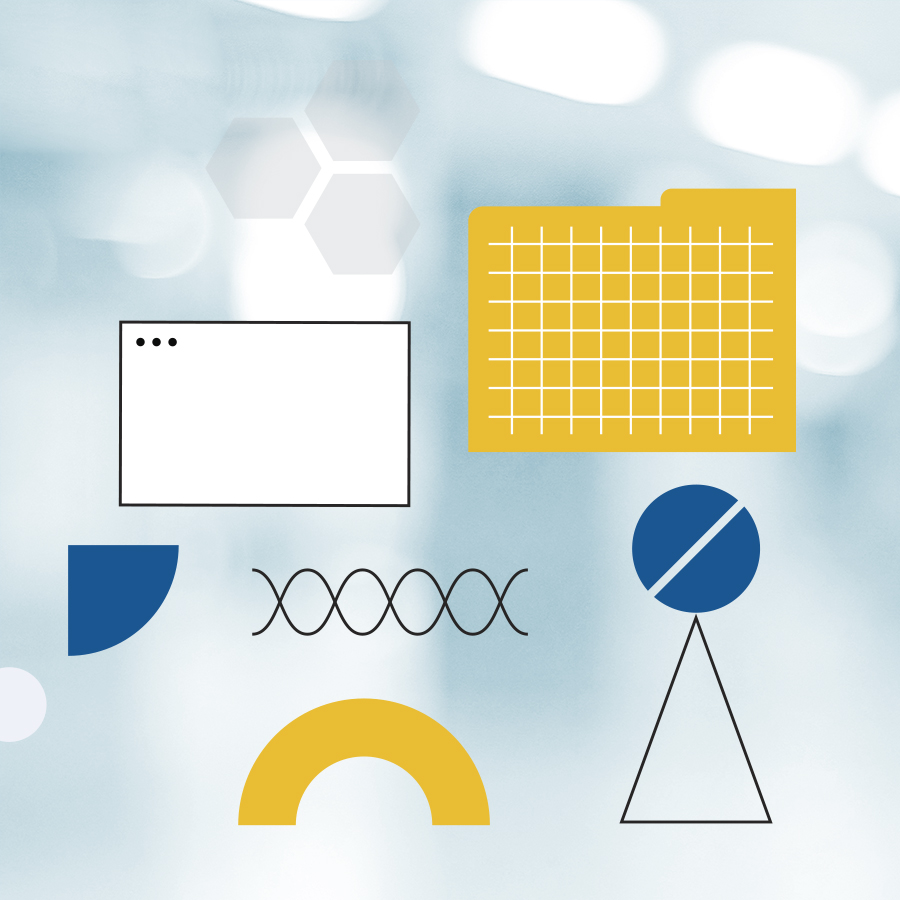-
Property & Casualty
Property & Casualty Overview

Property & Casualty
We offer a full range of reinsurance products and the expertise of our talented reinsurance team.
Expertise
Publication
PFAS Regulation and Development at the European Level with Focus on Germany and France
Publication
The CrowdStrike Incident – A Wake-Up Call for Insurers?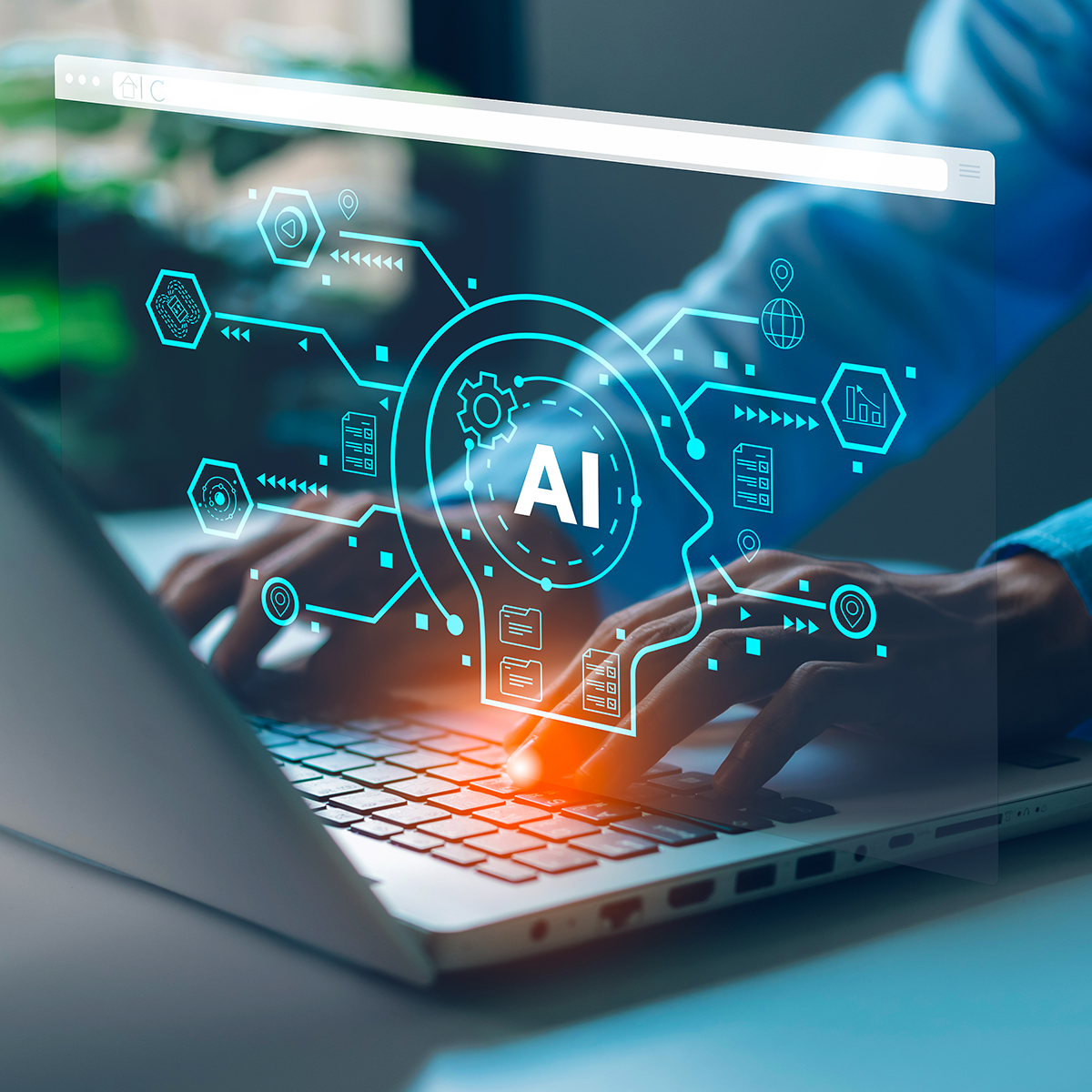
Publication
Decision-Making in the Age of Generative Artificial Intelligence
Publication
Buildings Made of Wood – A Challenge For Insurers?
Publication
Cat Bonds – A Threat to Traditional Reinsurance? -
Life & Health
Life & Health Overview

Life & Health
Gen Re’s valuable insights and risk transfer solutions help clients improve their business results. With tailor-made reinsurance programs, clients can achieve their life & health risk management objectives.
UnderwritingTraining & Education
Publication
Finding the Balance – Assessing Weight Changes in Underwriting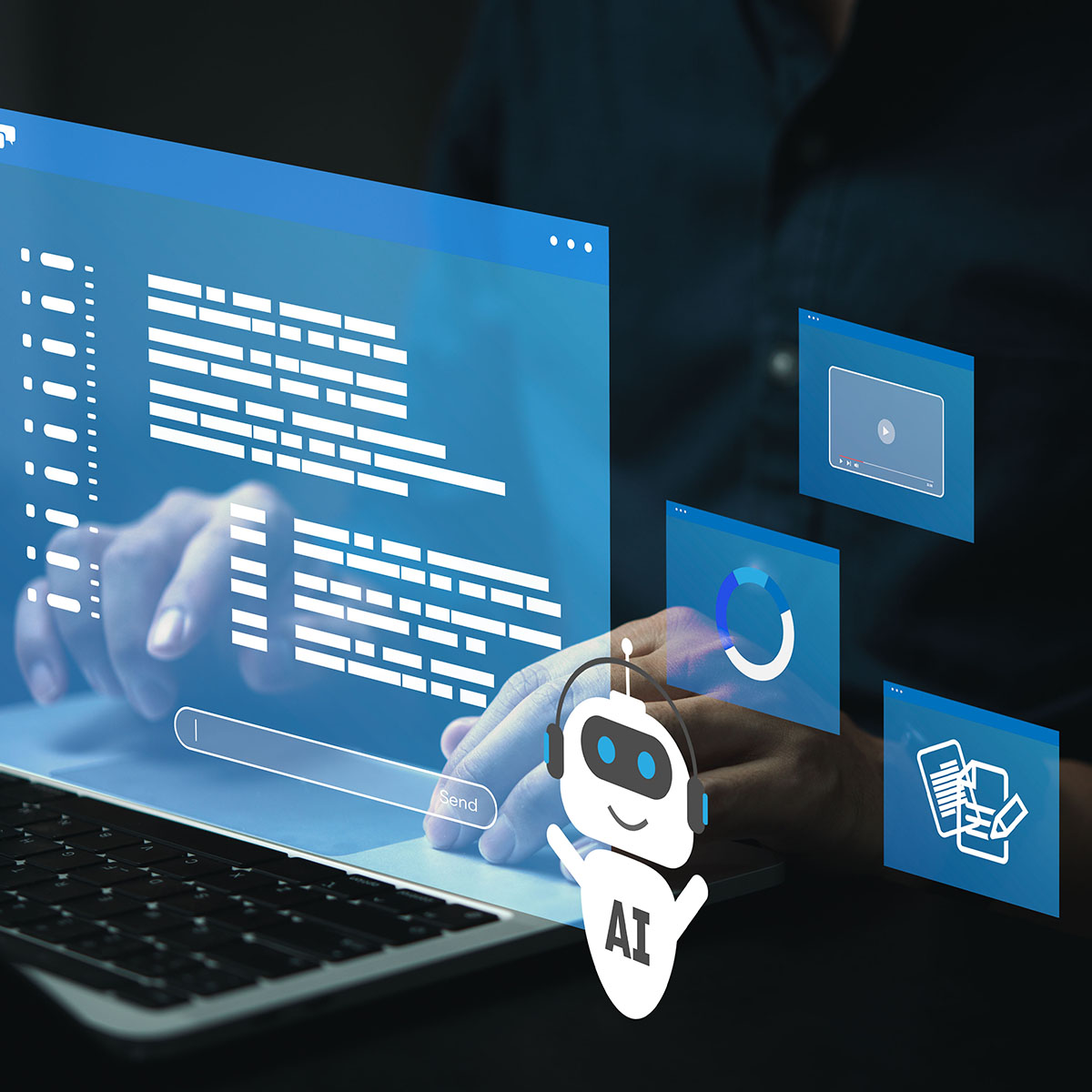
Publication
How Is AI Being Used to Enhance Traditional Life Underwriting? Business School
Business School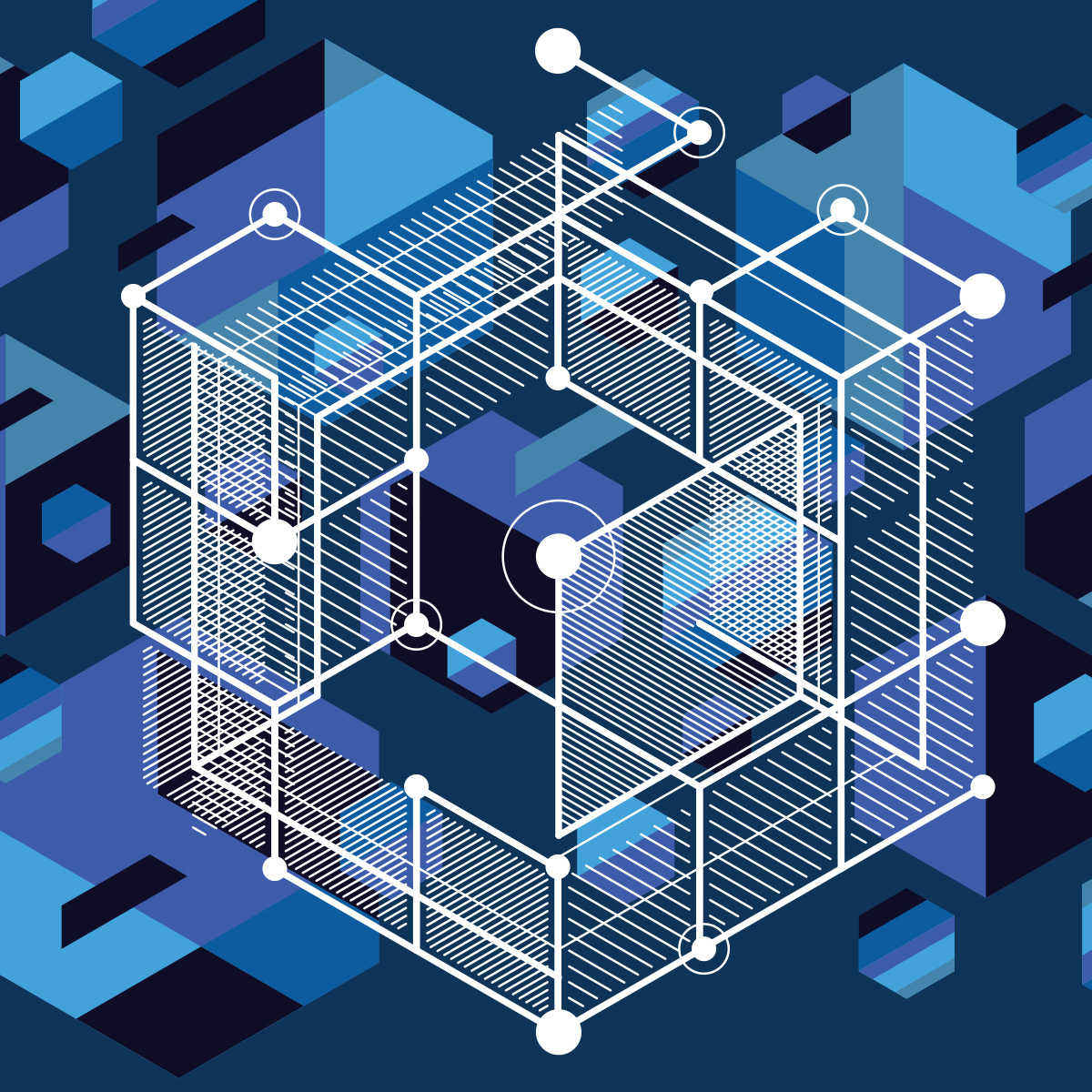
Publication
When Actuaries Meet Claims Managers – Data-Driven Disability Claims Review
Publication
Fasting – A Tradition Across Civilizations Moving The Dial On Mental Health
Moving The Dial On Mental Health -
Knowledge Center
Knowledge Center Overview

Knowledge Center
Our global experts share their insights on insurance industry topics.
Trending Topics -
About Us
About Us OverviewCorporate Information

Meet Gen Re
Gen Re delivers reinsurance solutions to the Life & Health and Property & Casualty insurance industries.
- Careers Careers
How AI Makes COMPANION Even More Valuable
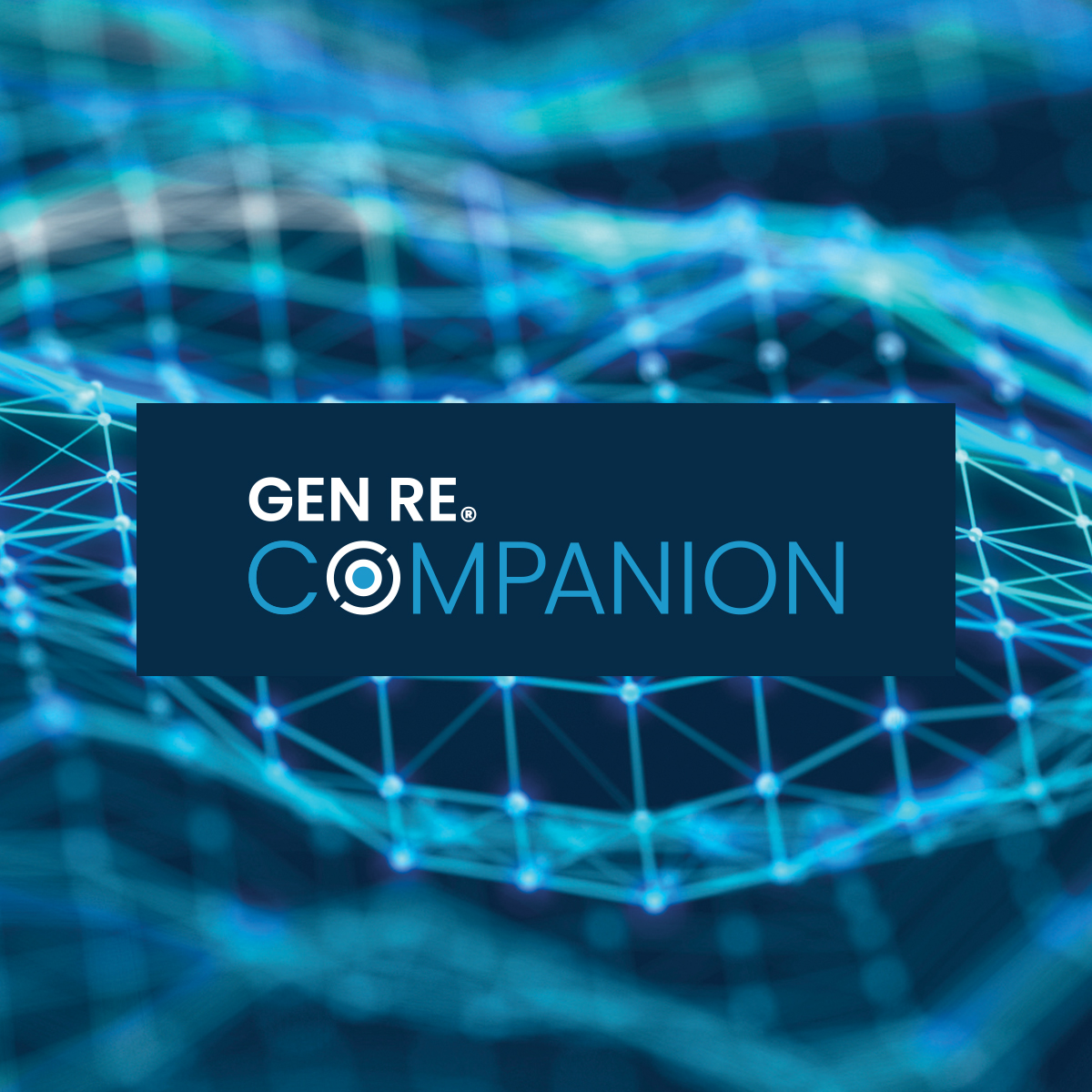
July 03, 2025
Björn Borchmann,
Ralf Hagemann,
Thomas Jaspers (codecentric AG) (guest contributor)
English
Deutsch
Artificial intelligence (AI) and large language models (LLMs) offer great potential to the insurance industry, particularly in augmenting the human intervention needed in the management of claims for private disability insurance. They promise efficiency gains across the entire value chain. Customers expect quick decisions and customer-centric service, which necessitate comprehensive support systems.
One such system is COMPANION, which Gen Re’s Björn Borchmann and Ralf Hagemann discuss with Thomas Jaspers, from codecentric AG.
Björn Borchmann: Let’s start with a general question: COMPANION is a claims system that was built to assist assessors with their work. It’s been around for some time. Could you briefly summarize its historical development?
Ralf Hagemann: We developed COMPANION over a decade ago in collaboration with two primary insurers as an innovative and holistic claims system. From the beginning, the focus was on a flexible “all-in-one” solution to provide optimal support for claims handlers and managers in the claims assessment process. In 2022, we undertook a comprehensive modernization of the system to ensure it remains reliable and future-proof in technologically advanced IT environments. These changes laid the foundation for integrating AI and other innovative developments – a very dynamic process that is sure to continue for a long time.
Thomas Jaspers: I joined the COMPANION project in 2022 from a small IT development team. Since then, COMPANION’s technological foundation has been fundamentally renewed, which certainly laid the groundwork for today’s positive developments. This redesign ensured the application’s compatibility with current technologies and enabled the client to integrate advanced features like artificial intelligence in the first place. It was a crucial step to make the application scalable and adaptable to future requirements in the long term.
Björn Borchmann: Where do the ideas for the system’s recent dynamic development come from?
Thomas Jaspers: The ideas for COMPANION’s dynamic development primarily stem from the close exchange and excellent collaboration between codecentric AG and Gen Re. This is especially true regarding the strong mutual understanding between the “technical side,” us as IT specialists, and the “business side” from claims assessment. At the same time, the continuous dialogue with COMPANION clients provides valuable impetus for further development.
Ralf Hagemann: Additionally, our continuous drive for optimization is another key factor fueling the current momentum in COMPANION’s development.
Björn Borchmann: Can you give us an overview of the current features in COMPANION?
Thomas Jaspers: A standout feature in the current version of COMPANION is the ability for clients to connect LLMs directly to the system. This integration optimizes the handling of claims by enabling targeted support for case assessment. The connection to the Gen Re 3‑D tool also facilitates processing. I am particularly pleased with the many “small,” seemingly inconspicuous improvements in the background – often a direct result of qualified customer feedback.
Ralf Hagemann: In addition, the integrated data analysis offers an effective way to visualize claims data as needed. This allows all interested stakeholders at an insurer to quickly and precisely gain insights into all desired aspects of the claims portfolio.
Björn Borchmann: What are the main functions the system performs in the claims assessment process today? And what functions might be added in the future?
Ralf Hagemann: Today, COMPANION supports the entire claims assessment process, from the initial claim submission to the claim assessor’s final decision. The web-based tool helps insurance companies conduct assessment procedures efficiently and document them in an audit-proof manner. By connecting COMPANION with AI, our clients can automate many manual work process steps, allowing claims assessors to focus on the essential risk and qualitative aspects of claims management. In the future, COMPANION will even enable the parallel use of different AI models to support our clients’ specific assessment requirements more effectively.
We also plan to integrate a comprehensive dashboard that visualizes work results in a transparent, user-friendly, and clear manner. A connection to a customer portal is already possible to map out a fully digital claims assessment process, and we will continue to expand these functionalities.
Björn Borchmann: For which product lines can COMPANION be used?
Ralf Hagemann: COMPANION supports the structured assessment process for all products in the field of biometric risks. However, the system is particularly optimized for Disability insurance, which is its main focus.
Björn Borchmann: Let’s stick with the core support for complex disability claims assessment. How is the claims assessment process represented in the system? And what are the benefits for the user?
Ralf Hagemann: The system combines case-specific expert knowledge with the insurer’s own individual needs and offers intuitive user guidance. Through customizable user roles and adapted rule sets, COMPANION enables efficient knowledge deployment for both beginners and experts. All work steps are uniformly documented and traceable at all times, ensuring complete and audit-proof processing. A special highlight is the extensive occupations database with approximately 25,000 job titles, which are assigned partial activities and requirement profiles. This database can be supplemented or adapted individually or on a case-by-case basis and serves as the basis for the occupational questionnaires in Disability insurance.
The system supports all essential aspects of the human intervention required in claims assessment – occupation, financials, and medical, as well as the clarification of pre-contractual circumstances. It allows for the addition of meaningful information at each step, ensuring quick case orientation and a more efficient assessment process. This “expressive” information is particularly valuable as it not only concisely represents the content but can also be structured by user-defined categories such as “plausible,” “requires clarification,” or “decision-relevant.”
Björn Borchmann: So, COMPANION is a helpful support for the user. How do you ensure that the system is and, above all, remains user‑friendly?
Thomas Jaspers: One of COMPANION’s greatest strengths is its high degree of configurability, which allows users to tailor the system precisely to their needs. Many functions can now be adjusted directly via the user interface, reducing the workload for the IT departments of COMPANION clients and making it easier for users to try out changes quickly themselves. Of course, every new function is well thought out in advance to make it as user-friendly and integrative as possible.
Björn Borchmann: You also attach great importance to complying with the current regulatory challenges. That’s good news for all customers and interested parties.
Ralf Hagemann: Absolutely, this is indeed important news for our customers and interested parties. The latest version of COMPANION includes further important functionalities for our customers to meet data protection and other compliance requirements. Our customers can now redact Personal Identifiable Information and other key elements required by HIPPA, statutory and regulatory requirements etc. directly via the user interface by authorized employees using a sophisticated dual control principle. This eliminates the need to involve the IT department and offers our customers the opportunity to streamline deletion processes. Not only do they gain greater flexibility, they can also have data protection requirements carried out more efficiently and comprehensibly by those with technical and organizational security responsibility.
Björn Borchmann: Now let’s delve into the technology behind it. Could you please explain the basic technical architecture, in a way that non‑IT experts can understand?
Thomas Jaspers: COMPANION is based on proven and modern technologies that offer a high level of stability and flexibility. In the backend, i.e., data processing, we rely on Java and the Spring Boot Framework. This combination has proven itself in countless projects and ensures that data is processed efficiently and reliably. The front end, i.e., the user interface, is implemented using the Angular framework. Angular enables a fast and user-friendly display of content in the browser.
Thanks to this modern technology architecture, COMPANION can be operated in different IT environments, for example, in so‑called container systems, which enable particularly flexible and scalable provision of the application. This ensures that the system remains both powerful and future‑proof.
Björn Borchmann: Thank you very much, that was easy to understand. How is the system implemented into an insurer’s existing IT infrastructure? And what interface solutions does COMPANION offer?
Thomas Jaspers: COMPANION can be easily integrated into an insurer’s existing IT infrastructure as it offers various interface solutions. Keycloak, which is used for the authentication and authorization of users, is particularly noteworthy. Keycloak has established itself as a standard because it supports a wide range of systems and enables seamless integration.
In addition, the most common database systems are supported directly and natively, in particular PostgreSQL and Oracle. This flexibility ensures that COMPANION can be easily integrated into existing IT environments without major adjustments, even as a stand-alone solution. As a result, the implementation is carried out efficiently and quickly without disrupting the insurer’s existing systems.
Björn Borchmann: What development cycles can COMPANION customers expect in the future? How many updates are there likely to be each year?
Ralf Hagemann: Currently, updates are released approximately quarterly, and we plan to maintain this frequency for the time being. However, our clients have the flexibility to decide for themselves when they implement new releases made available by Gen Re. If one or more releases are skipped, the content of these updates will be automatically integrated with the next implemented release without additional effort. The update process itself involves minimal effort for Gen Re clients as it typically only requires replacing a file and adjusting a few settings. This keeps the process simple and straightforward while ensuring the continuous development of the system. We still have a few ideas up our sleeve…
Björn Borchmann: Among the top trending topics in the insurance industry right now are process automation and technical solutions that work with the support of AI. Could you please illustrate in more detail what COMPANION now offers in this area?
Ralf Hagemann: COMPANION supports the use of AI in several areas to increase efficiency in claims assessment.
The technologies capabilities can perform simple process activities like creating timelines of factual elements, allowing the ability to hover over summarized documents for the detail to more complex activities like identifying inconsistencies in factual elements so the claims assessors can focus on the claim’s complexity.
Another advantage of our solution is that customers can use local AI, which means that insured persons' data, for example, remains within the customer's domain at all times. If “internet-based” AI solutions from large commercial providers are to be used by customers for COMPANION, for example because they already use a corresponding commercial AI in other areas, customers should conclude contractual agreements with the respective provider to ensure that, above all, the data of the insured persons is protected at all times.
Björn Borchmann: Does COMPANION support any AI solutions from customers, or to use other buzzwords, is it open to technology and providers?
Thomas Jaspers: You will never hear “any” from a software developer, but most large and relevant providers are directly supported. This means that COMPANION does not support a specific AI application but can be described as AI‑ready. This also has the advantage that COMPANION automatically benefits from improving AI applications, as users can very easily switch to another AI application or to a newer version of an existing AI application.
Björn Borchmann: AI skeptics might wonder how reliable the AI‑generated results are if – as is often described as a risk – it hallucinates and provides incorrect answers?
Thomas Jaspers: There are various ways of reducing this risk as much as possible. On the one hand, it is possible to control the creativity (temperature) of an AI using parameters. On the other hand, the results can be greatly improved by using the right prompts. COMPANION supports this with the option of using ready-made prompts. This means that not every person in charge has to be an expert, but it is possible to access the expertise of the entire company.
Björn Borchmann: Do I understand correctly that you already trust AI to provide a lot of correct and helpful answers today, if only the prompt is specific enough? In this instance, what exactly is a prompt?
Ralf Hagemann: A prompt is an input or question that is sent to an AI system in order to obtain an answer or reaction. It can be seen as a command or query that causes the AI to provide an answer, create a text, or perform a calculation.
The more precisely the query is formulated, the more precise and relevant the AI answer will be. It is therefore important to ask the question as clearly and in as much detail as possible and to provide as much relevant information as possible so that the AI can better understand what is needed.
In short: A prompt is the starting point for the AI, and the more targeted it is, the better the result will be. If you follow this basic principle, it quickly becomes clear that the results of the AI are not only helpful, they can also quickly become increasingly precise and therefore more relevant.
An additional point that is important about the technical progress of AI systems: COMPANION benefits from the continuous improvement of AI models, especially regarding hallucinations and accuracy compared to previous models.
Björn Borchmann: To conclude, you are both very positive about the future as far as the optimization of COMPANION is concerned. If you had one wish, what would it be?
Thomas Jaspers: For codecentric AG and me personally, it’s simply the continuation of our great cooperation with Gen Re, so that we can develop many more helpful functions for COMPANION customers. We and our Gen Re colleagues are definitely not short of ideas!
Ralf Hagemann: I can only agree with that.
Björn Borchmann: Thank you very much for the interview!

About the Interview Partner
Thomas Jaspers has been working as a software developer and IT consultant for almost 30 years, including more than 15 years for codecentric AG. He feels very fortunate to work in such a varied and exciting field. Among his current focuses are AI and LLMs, but his priorities remain the in-depth understanding of the problems to be solved and the joy of interdisciplinary collaboration.




